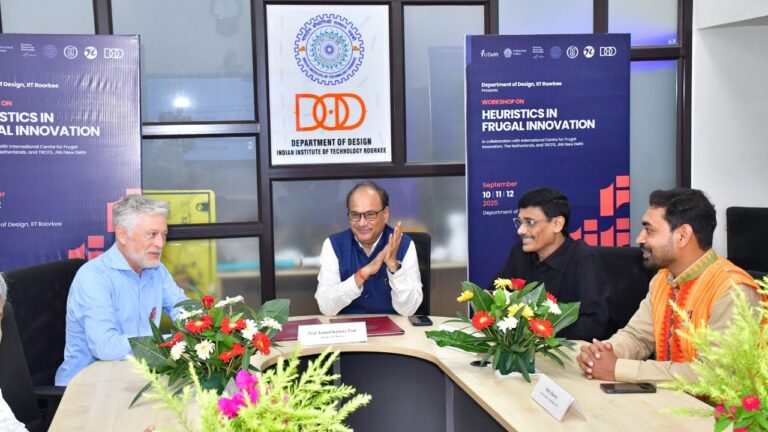
Multidimensional Poverty Index (MPI) 2023: A Comprehensive Assessment of Poverty Beyond Monetary Measures
Poverty is a complex issue that extends beyond a mere lack of income or financial resources. Recognizing the limitations of traditional monetary measures, the Multidimensional Poverty Index (MPI) has emerged as a comprehensive tool to assess poverty by considering multiple dimensions of deprivation.
Table of Contents
Multidimensional Poverty Index (MPI)
Developed in 2010 by the Oxford Poverty and Human Development Initiative (OPHI) and United Nations Development Programme (UNDP), the MPI offers a more nuanced understanding of poverty, enabling policymakers to design targeted interventions and monitor progress effectively. This article aims to delve into the concept, methodology, and significance of the Multi-Dimensional Poverty Index, while incorporating the latest MPI report information.
Understanding the Multidimensional Poverty Index (MPI):
The Multi-Dimensional Poverty Index is a composite measure that incorporates various dimensions of poverty, including health, education, and living standards. It goes beyond a sole focus on income by capturing deprivations experienced by individuals and households across multiple dimensions simultaneously. By adopting a broader perspective, the MPI aims to provide a comprehensive overview of poverty, emphasizing the interlinkages between various aspects of human well-being.
Methodology and Indicators:
To calculate the MPI, a person or household is considered poor if they are deprived in a certain percentage of weighted indicators within each dimension. The weights assigned to different indicators reflect their relative importance. The MPI combines three key dimensions: health, education, and living standards, each comprising several indicators. Health indicators encompass nutrition, child mortality, and access to healthcare. The education dimension examines school attendance, years of schooling, and educational attainment. Living standards consider indicators like access to clean water, sanitation facilities, electricity, housing, and assets.

MPI Report 2023 Insights:
The latest release of the Global Multidimensional Poverty Index (MPI) 2023 by the United Nations Development Programme (UNDP) and the Oxford Poverty and Human Development Initiative (OPHI) highlights the remarkable achievement of India in reducing poverty. According to the report, a total of 415 million people moved out of poverty in India within just 15 years, from 2005/2006 to 2019/2021. This achievement is especially noteworthy given India’s status as the world’s most populous nation.
The report emphasizes that India is among 25 countries that successfully halved their global MPI values within 15 years, indicating rapid progress. Other countries achieving this feat include Cambodia, China, Congo, Honduras, Indonesia, Morocco, Serbia, and Vietnam. It is worth noting that India and Congo, which started with an incidence of poverty above 50%, were able to achieve this significant reduction.
The MPI report also reveals the specific improvements made in India’s poverty landscape. In 2005/2006, approximately 645 million people were in multidimensional poverty, which declined to about 370 million in 2015/2016 and further reduced to 230 million in 2019/2021. The report highlights that deprivation across all indicators declined in India, with the poorest states and groups, including children and people from disadvantaged caste groups, experiencing the fastest absolute progress.
For instance, the percentage of people who were multidimensionally poor and deprived under the nutrition indicator decreased from 44.3% in 2005/2006 to 11.8% in 2019/2021. Additionally, child mortality fell from 4.5% to 1.5%, and the percentage of people deprived of cooking fuel and sanitation significantly decreased as well.
The Significance of the MPI and Future Directions:
The MPI’s ability to capture multidimensional poverty has proven crucial in understanding the progress made by countries like India. By providing policymakers with a comprehensive measurement of poverty, the MPI helps identify areas of improvement, design targeted interventions, and monitor progress effectively.
However, the report also acknowledges the challenges posed by the lack of comprehensive data during the COVID-19 pandemic, making it difficult to assess immediate prospects. To strengthen poverty reduction efforts, it is crucial to collect data that reflect the post-pandemic scenario and address the specific impacts of the pandemic on poverty, particularly in areas like education and child well-being.
As efforts to alleviate poverty continue, refining the MPI’s methodology, expanding data availability, and incorporating additional dimensions such as gender inequality and environmental sustainability will be essential. By continuously improving the MPI, policymakers and organizations can gain a deeper understanding of poverty and drive sustainable development strategies.
Conclusion:
The Multi-Dimensional Poverty Index serves as a valuable tool for policymakers, researchers, and organizations working to tackle poverty. The latest MPI report showcases India’s remarkable achievement in reducing poverty, with 415 million people moving out of poverty within just 15 years. This success highlights the importance of adopting a multidimensional approach to poverty measurement, enabling policymakers to design targeted interventions and monitor progress effectively. As efforts to combat poverty continue, the MPI’s role as an effective measurement tool will play a vital role in shaping inclusive and sustainable development strategies worldwide.




